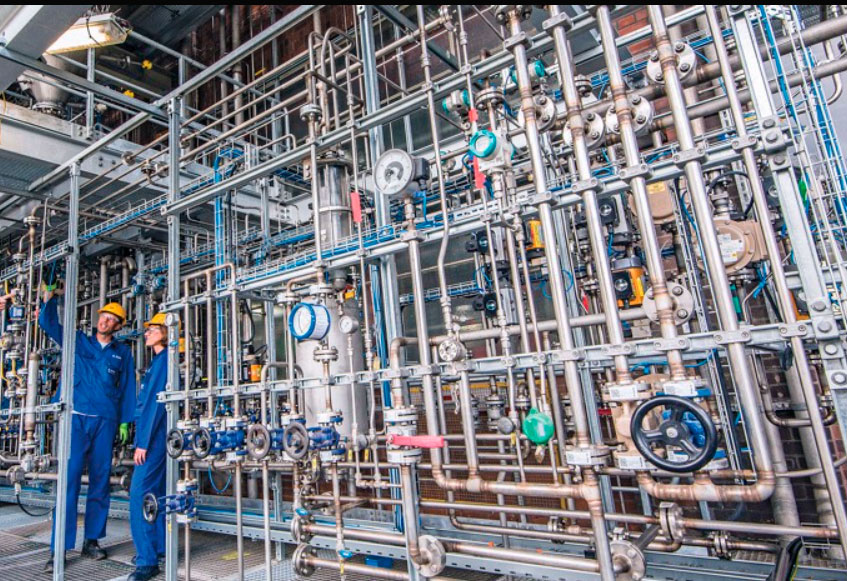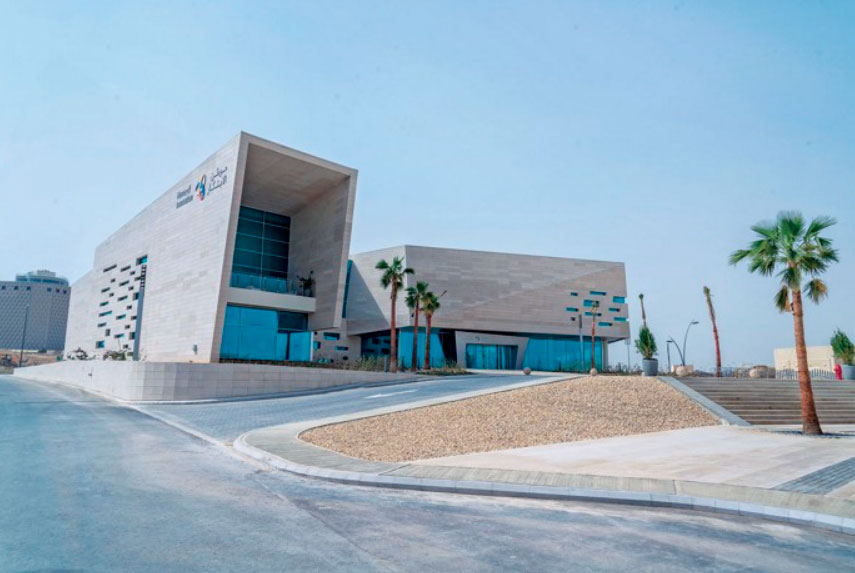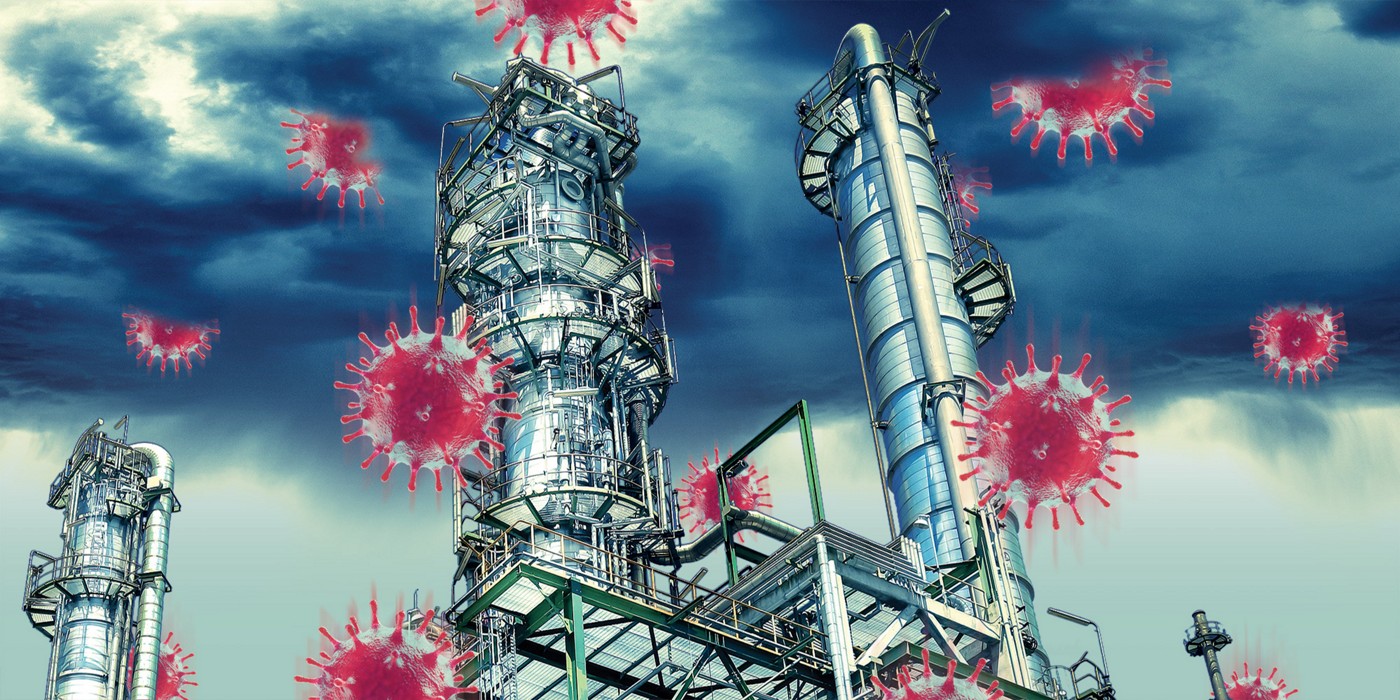BASF es la empresa química con mayores ventas en 2020, seguida de Sinopec y Dow. En general, las ventas de productos químicos combinados disminuyeron en comparación con 2019. Además de la pandemia de COVID-19, la sostenibilidad (especialmente la economía circular, los desechos plásticos y las emisiones de CO2) han sido temas dominantes en la industria química en 2020.
The global chemical industry made it through the worst of the COVID-19 pandemic with scratches and abrasions but few broken bones.
According to data from C&EN’s Global Top 50 survey, the world’s largest chemical firms posted a 7.1% decline in chemical sales from 2019, to $795.8 billion in 2020, the fiscal year on which the survey is based.
It’s not a bad result, considering that economies around the world were shut down early last year to stem the global health crisis. The 50 firms that appeared in C&EN’s previous survey, which was mostly based on performance in prepandemic 2019, posted a 5.0% decline in chemical sales.
And although 2020 chemical earnings fell 22.6% for the 44 of the 50 firms that disclose chemical profits, they fell more—28.2%—in 2019 for the 46 companies disclosing profits on the list, when business in many major markets and economies was beginning to slow.
According to the European Chemical Industry Council, a trade association, global chemical output declined by 0.1% in 2020. The industry basically ended up where it started.
Oil prices tell some of the story. Early last year, as the economy froze up and people stayed home, crude prices crashed, dragging chemical prices down with them. Petrochemical volumes, however, were relatively strong because some products, such as polyethylene, saw an uptick in demand.
Indeed, COVID-19 affected the chemical industry unevenly. For instance, chemical companies that sell materials to aerospace and automotive customers were hit hard. But suppliers of materials for food packaging and personal protective equipment saw strong sales.
COVID-19 wasn’t the only theme for the year. Another one, not reflected in the data, was sustainability. Almost all chemical firms are focused far more on environmental performance than they were just a few years ago.
For instance, more than a dozen members of the Global Top 50 have major plastics recycling initiatives. A similar number of companies are looking to make ammonia and hydrogen via water electrolysis rather than from natural gas. Still others are overhauling basic petrochemical processes to make them more energy efficient. Dow, Shell, Sabic, and BASF, for example, are developing ethylene crackers that run on renewable electricity.
Despite the year’s volatility, the survey was marked by few changes. Companies heavily laden with petrochemical operations generally saw declines in sales and fell in the ranking. Companies that make industrial gases or agricultural chemicals tended to rise.
Three companies in the Global Top 50 a year ago didn’t make it this year. Ecolab fell off the list because it divested an oil-field chemical business. SK Innovation and PTT Global Chemical were both victims of declines in petrochemical sales.
Now that it is breaking out chemical sales again, Shell rejoins the Global Top 50 this year after a 5-year hiatus. Rongsheng Petrochemical, which makes polyester chemicals, debuts this year. The former DowDuPont agricultural chemical business, Corteva Agriscience, made the cut as well.
1 BASF 2020 CHEMICAL SALES: $67.5 BILLION

2 SINOPEC 2020 CHEMICAL SALES: $46.7 BILLION
Being China’s largest chemical maker, Sinopec was hit by the COVID-19 pandemic before most of the world’s other large chemical companies. Indeed, the company saw a 24% decline in chemical revenues last year. It also experienced a 38% slump in operating profit. Despite the setback, Sinopec is focused on long-term growth and has a more ambitious capital expansion program than most large chemical companies. For instance, Sinopec will complete construction of new ethylene cracker complexes this year and in the next 2 years in Zhenhai, Hainan, and Tianjin, China. Additionally, it will begin construction next year on a large propane dehydrogenation plant in Zhenhai that it hopes to finish in 2025.
3 DOW 2020 CHEMICAL SALES: $38.5 BILLION
Tightening its belt in the face of the COVID pandemic, Dow launched a cost-cutting program last July. The firm said it was reducing its workforce by 6%—about 2,200 jobs—in an effort to save more than $300 million annually by the end of 2021. The program is also hitting manufacturing: the company is shutting down amine and solvent plants in the US and Europe and closing small polyurethane plants and coatings reactors. Dow also divested terminal and rail assets in 2020. Amid the cuts, the company is making investments. For example, Dow plans to build a $250 million specialty chemical plant in Zhanjiang, China. Initially, the plan will focus on new specialty polyurethane and alkoxylate facilities. Dow says it may launch additional projects at the site in the future.
5 SABIC 2020 CHEMICAL SALES: $28.8 BILLION

6 FORMOSA PLASTICS 2020 CHEMICAL SALES: $27.7 BILLION
The $9.4 billion petrochemical complex that Formosa Plastics is planning in St. James Parish, Louisiana, is in hot water. It faces fierce opposition both locally from community organizations worried about pollution and nationally from environmental groups that wish to stop the mounting production of plastics. Sharon Lavigne, head of the local group Rise St. James, recently received the prestigious Goldman Environmental Prize for her efforts, a sign that the Formosa project has high-profile opposition. The project also faces practical hurdles. Notably, the US Army Corps of Engineers suspended a permit for the facility in November. Formosa Plastics had better luck in Point Comfort, Texas, where it started up an ethylene cracker and low-density polyethylene unit last year.
7 LG CHEM 2020 CHEMICAL SALES: $25.5 BILLION


